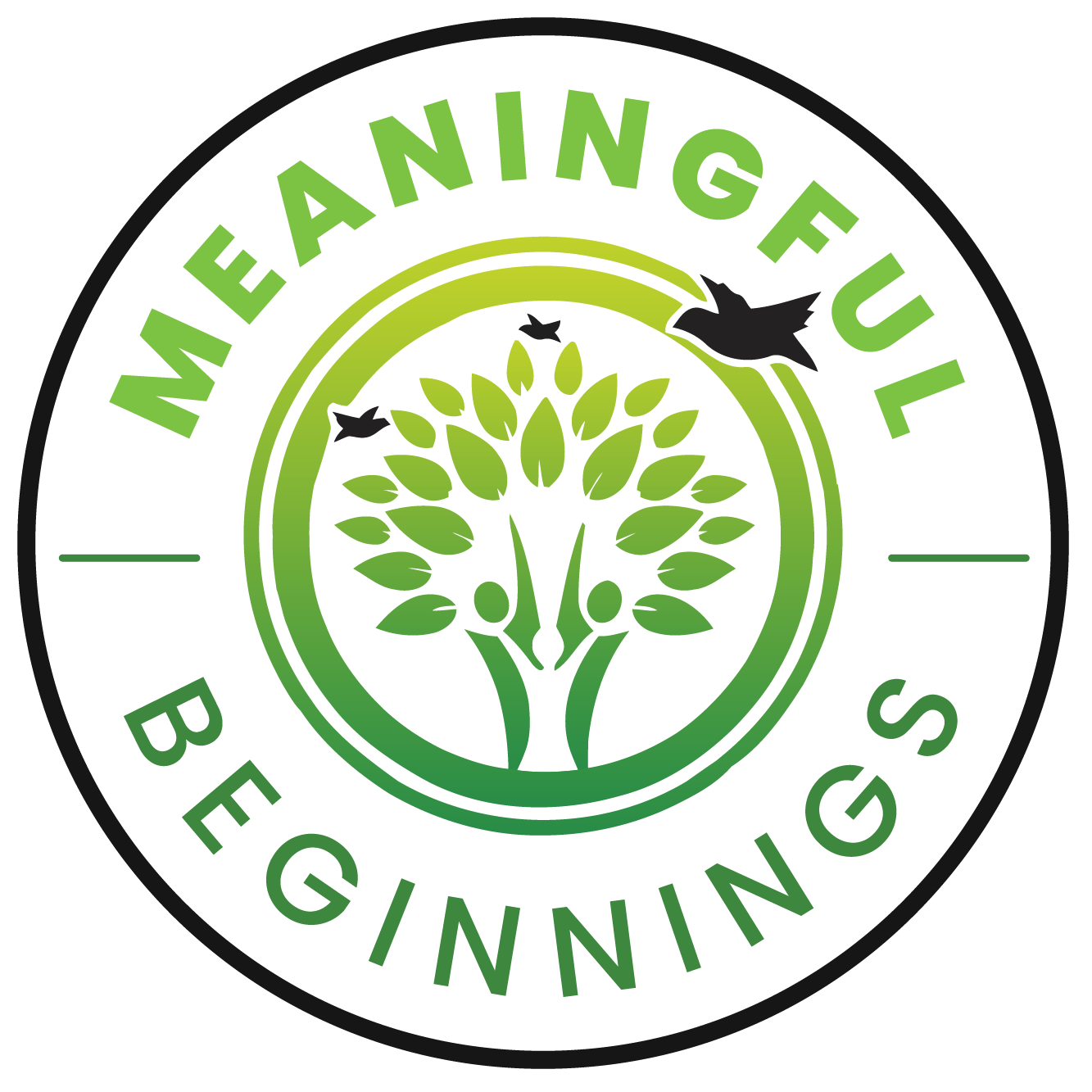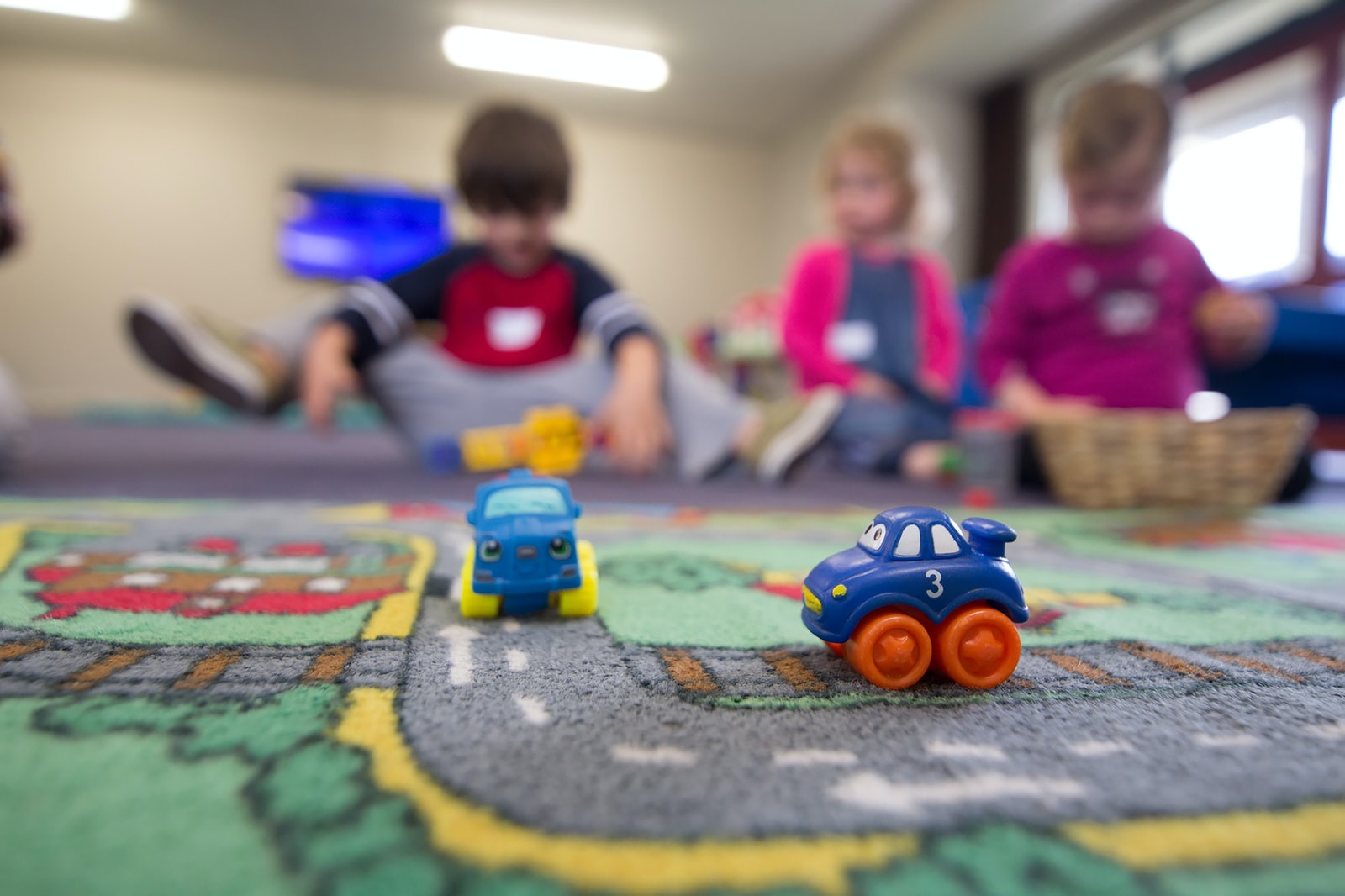Understanding the different types of preschool models will help you make decisions that are best for your child and their future.
Searching for the best preschool for your child can sometimes feel like an overwhelming process. There are many different types of schools that use different educational approaches. Along your search you have probably wondered things like:
- Which preschool model is best for my child?
- How do I choose the best preschool?
- Which educational model is the best for children?
In this article, we will dive into each type of preschool model and explain their unique approach to education. Once you understand the different models, it will be easier to determine which is best for your child.
6 Types of Preschool Models
Here are the 6 types of preschool models that are most frequently used today:
1. Montessori
Montessori schools focus on individuality and student-driven learning. This approach was developed over 100 years ago by Dr. Maria Montessori to help children figure out what they are genuinely interested in learning. Teachers will take time to develop lesson plans that allow each child to customize their day and learn at their own pace. Therefore, teachers are less curriculum directors and act more as educational guides.
In addition to educating their young students on traditional school topics, Montessori school teachers also help children learn conflict resolution skills, communication skills, and healthy social behaviors.
Montessori schools are an excellent option for children who work well with others and can thrive in an unstructured environment that caters to their unique needs. However, if your child requires more structure in their education and daily schedule, a Montessori school may not be the best option.
2. Microschools
Microschools, sometimes called Parent Co-ops, have extremely small class sizes – typically around 4 to 15 students. At Microschools, the Board of Directors is made up of a group of parents who work together to make the best decisions for their children. The parents are able to get together and discuss finding teachers, choosing curricula, creating daily schedules, and adding new students.
Microschools can be completely customized based on the Board’s preferences, and each Microschool can operate under a different type of learning model – it all depends on what the parents choose as best for their children. In some cases, parents will opt to use a combination of educational models, so their children can reap different benefits from each one.
This is a great option for parents who want an active role in their child’s education. However, it’s important to note that it requires a lot of responsibility and time commitment, so it might not be a great option for busy parents. Also, it’s important to be aware that disagreements among parents might happen. It’s important to understand how your Microschool Board handles disagreements and how the final decision will affect the children.
3. Waldorf
Waldorf schools emphasize individuality – they teach children how to think about life, not what to think. Waldorf schools work hard to create a home-like atmosphere where children can learn comfortably. It’s important to note that a “home-like” atmosphere does not mean an “unstructured” atmosphere. Waldorf schools are specifically designed to encourage creativity, learning, and exploration.
When Waldorf teachers design curricula, they intentionally design them to be unstructured enough to allow for customization and experimentation yet just structured enough to ensure proper learning and development.
This is a great educational model for most children and families. The best way to decide if this type of school is right for your child is to schedule a meeting with the educators, tour the school, and perhaps sign your child up for a trial day (if available).
4. Reggio Emilia
Reggio Emilia schools focus equally on developing emotional intelligence and intellectual intelligence. Children are allowed to be creative, explore their individual interests, and express their natural emotions. Children are also taught how to identify emotions, communicate them, express them, and learn from them. Reggio Emilia schools place a focus on hands-on learning, collaboration, and active listening.
Reggio Emilia schools encourage children to become unique individuals, but they also stress the importance of community. While many traditional schools focus on individual learning (separate desks, individual tests, etc.) Reggio Emilia schools teach children how to work together and utilize one another’s skills to learn and grow.
Reggio Emilia schools are excellent for most children. However, if your child doesn’t do well in group settings, this may not be the best choice. It could be worth it to try a Reggio Emilia school to help acclimate your child to group settings early on, but that is a decision that only parents can make.
5. HighScope
The HighScope educational model is mainly focused on academic learning. It is specifically designed to increase student engagement through hands-on learning and developing learning programs to fit each child’s needs. Although this learning model does focus most heavily on academia, it is also designed to teach students conflict resolution skills, creative problem-solving skills, and valuable life skills.
This is a research-based approach that directs teachers to keep an eye out for certain performance indicators. This enables teachers to determine which students are excelling, which are maintaining, and which need extra attention or a different approach.
HighScope classrooms will typically have defined areas for reading, writing, math, and science, as well as routine schedules for exploring each area. Throughout the day, students will choose an activity, determine a goal they want to reach, and work with their teachers to understand the outcome.
6. Forest Schools
Forest Schools, sometimes called outdoor schools, focus on exploring and connecting with the great outdoors. Students learn outdoors through hands-on activities that are designed to encourage imagination and creativity. Depending on where you live, students will have the opportunity to explore forests, grasslands, parks, beaches… whatever they can!
Start with Meaningful Beginnings
Meaningful Beginnings takes elements from each of these educational models to give your child the most well-rounded education possible. Please get in touch with us today to learn more about our approach to learning, meet our caregivers, and tour our facility.








